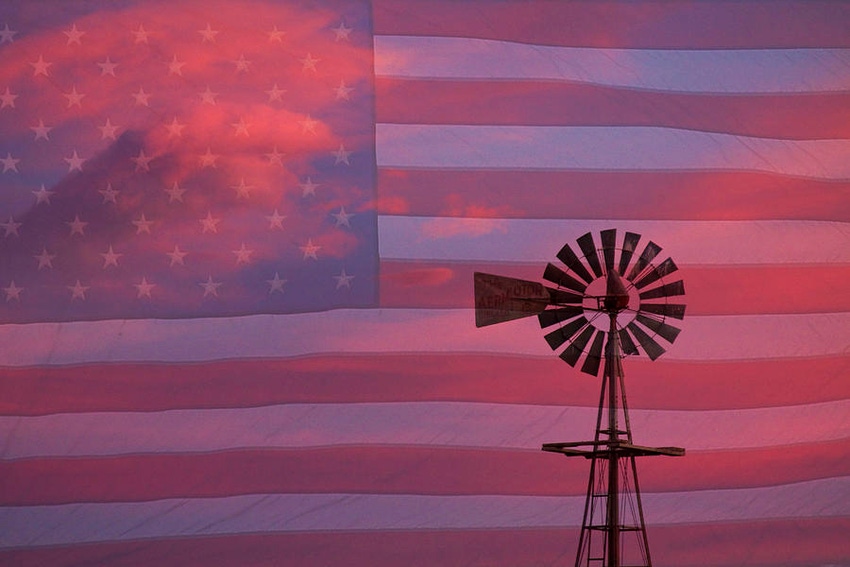The Rural Wireless Association (RWA) has filed a request with the FCC asking the watchdog to investigate Verizon’s 4G coverage claims, sniffing out some creative communications from the telco.
August 8, 2018

The Rural Wireless Association (RWA) has filed a request with the FCC asking the watchdog to investigate Verizon’s 4G coverage claims, sniffing out creative communications from the telco.
The filing itself requests the FCC investigate the 4G LTE coverage claimed by Verizon and require re-filing of the company’s data to correct what the RWA believe is overstated coverage. The request comes off the back of an investigation launched by a coalition of radio frequency engineering firms, which believes Verizon’s claimed 4G LTE coverage is grossly overstated.
“Commission review of Verizon’s claimed coverage is critical,” said RWA General Counsel Carri Bennet. “Our participating small rural carrier members estimate that it will cost them each $1 million dollars or more to complete the challenge process – a figure that could be dramatically reduced and used for deployment of rural broadband services if Verizon’s reported coverage was accurate.”
While we in the UK might complain about not being able to download cat videos at lightning speed while strolling the beautiful, dramatic and unrivalled Welsh countryside, our pains seem minimal in comparison to some regions of the US. Such is the vast and varied scale of the country, the digital divide between rural and urban environment is a completely different conversation.
The farmers and trekkers might not be the most commercially attractive customers to US telcos, but it has become somewhat of a political issue in recent years. Equality is a US principle, therefore the telcos have to give as much attention to corn as concrete, and should you believe the press releases, they certainly do. This is where this filing could be an issue for Verizon; it could turn into political embarrassment with the telco undermining politicians who are claiming the digital divide is a priority.
Another issue is down to funding. The Mobility Fund Phase II (MFII) funding is an initiative which provides cash injections for smaller, regionalised telcos assistance in covering not-spots. Should Verizon have overstated its 4G coverage, covering up not-spots, the FCC would be less inclined to support the smaller telcos in these regions with additional funding.
As part of the investigation, Panhandle Telephone challenged the claim Verizon covers almost all of the 14,778.47 square kilometre Oklahoma Panhandle area. Using information which is available to the general public, as well as the aid of a newer modelling tool and the FCC-adopted 5 Mbps downlink standard, Panhandle Telephone claims Verizon in reality covers less than 50% of the area.
An investigation by the FCC could be an embarrassing episode for Verizon, though it could snowball into a PR disaster. If claims are found to be true, the telco isn’t just embarrassing politicians or ignoring farmers, it is a multi-billion dollar heavyweight stealing money from the pockets of minnows in the industry. The very same small and medium sized businesses which are supposedly the backbone of the US economy.
About the Author(s)
You May Also Like








.png?width=300&auto=webp&quality=80&disable=upscale)


_1.jpg?width=300&auto=webp&quality=80&disable=upscale)


.png?width=800&auto=webp&quality=80&disable=upscale)